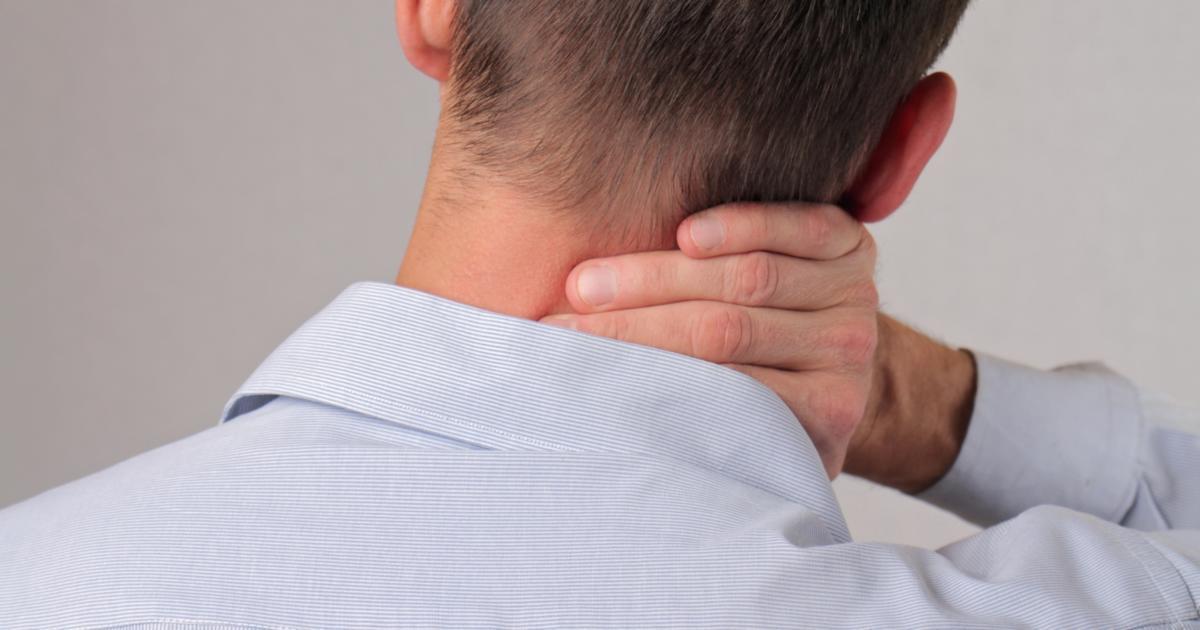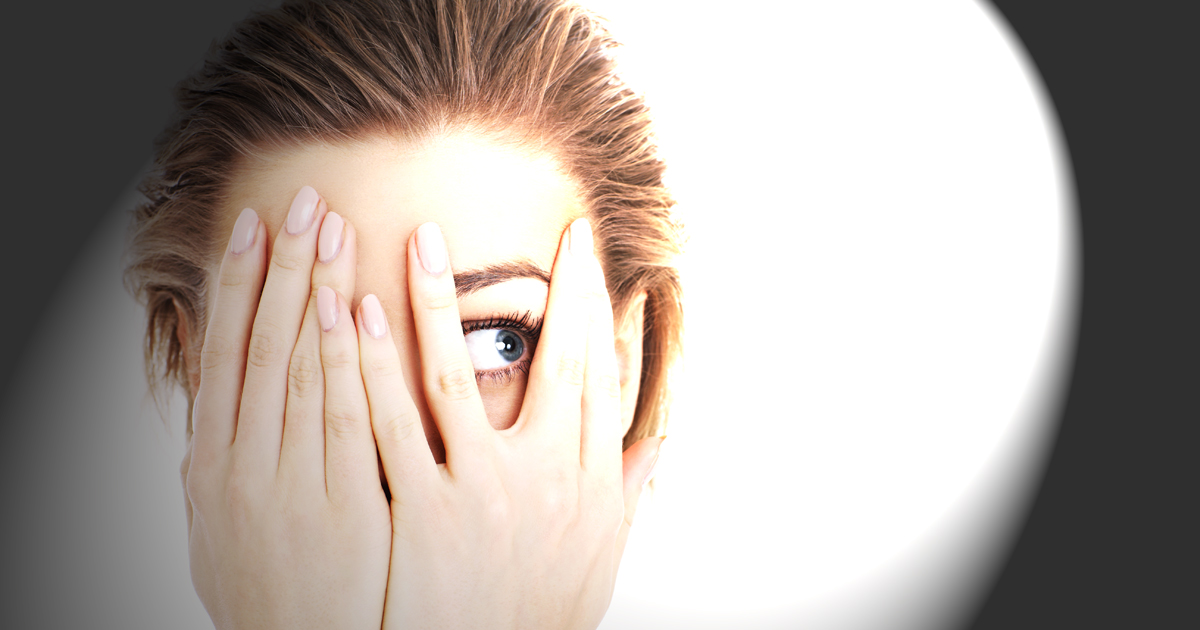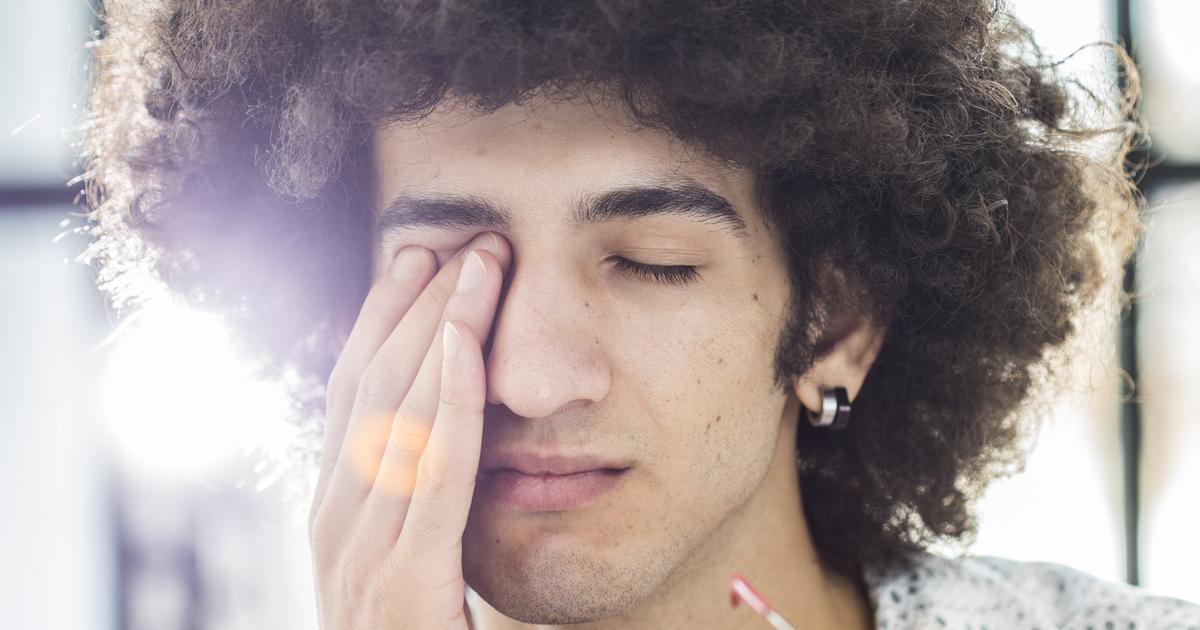Key Warning Signs Of Occipital Neuralgia
Occipital neuralgia occurs when there's an injury or inflammation of the occipital nerves. These nerves run from the scalp through the top of the spinal cord. When there's damage or inflammation to the nerves, affected individuals may experience headache pain at the base of their skulls or the back of their head. Occipital neuralgia is often confused with other headaches, like migraines, since the symptoms tend to be similar. However, migraines and occipital neuralgia are treated very differently. Because of this, it's important for individuals to get the correct diagnosis so they can get the correct treatment as well. Occipital neuralgia may be caused by injury, tightness in the muscles, inflammation, or a number of medical conditions, including osteoarthritis, cervical disc disease, neck tumors, infections, diabetes, gout, and inflammation of the blood vessels.
Unveil the major warning signs of occipital neuralgia now.
Throbbing And Burning Pain

Throbbing and burning pain is characteristic of occipital neuralgia. In the majority of cases, the pain will begin at the base of the head and then move upward until it reaches the scalp. There may also be continuous aching pain. At intermittent intervals, patients might experience sudden shooting and shocking pain. Because the pain is very similar to what many individuals experience during a migraine or cluster headache, they may not realize they're dealing with a different condition. The throbbing pain can sometimes be alleviated by using a percutaneous nerve block. These blocks are used with the occipital nerves. They may also be used with the C3 or C2 ganglion nerves, depending on the patient.
Continue reading to reveal more symptoms of occipital neuralgia now.
Light Sensitivity

Light sensitivity, otherwise known as photophobia, occurs when an individual can't tolerate light. When related to occipital neuralgia, light sensitivity tends to occur alongside a headache. It typically goes away once occipital neuralgia has been resolved or pain-relieving treatment has been administered. Light sensitivity can be related to a number of light sources, with some of the most common including incandescent light, fluorescent light, and sunlight. When an individual is light sensitive, light sources tend to hurt their eyes. They make them feel uncomfortable, and patients might also have to close their eyes or squint. The level of light sensitivity will vary depending on the person. Some individuals might have only mild sensitivity, in which they struggle with sunlight and bright artificial light. Others may experience symptoms with any light source and level of brightness.
Get more information about the indicators of occipital neuralgia now.
Pain Behind The Eyes

The pain associated with occipital neuralgia typically starts in the base of the skull. Over time, though, it can spread and radiate to more of the head. Some patients have experienced pain behind the eyes. When only one of the two occipital nerves is affected, they may experience pain behind the eye on the affected nerve's side. The eye pain might present as throbbing, aching, or a more sharp sensation. Migraine headaches can also often cause pain behind the eyes, which is another thing that makes differentiating between occipital neuralgia and migraines difficult. Another thing that may cause pain behind the eye is a sinus infection. This pressure leads to aching and throbbing, though it tends to be less severe than the pain experienced with a migraine.
Uncover another warning sign of occipital neuralgia now.
Tender Scalp

Occipital neuralgia can often cause a tender scalp. Patients experiencing the condition may have pain easily triggered by sensations that are usually painless. Touching the scalp may cause tenderness or aching, even gentle movements like a partner running their fingers through their hair. Hair brushing or combing might increase pain levels, especially if an individual's hair tangles easily and causes tugging against their scalp. Patients might also experience pain with day-to-day grooming routines like shampooing and conditioning their hair, ridding their hair of dandruff, and styling their hair. It may help to get a gentle detangling brush to use until the condition heals. Affected individuals might also want to use low-maintenance hairstyles that don't require a lot of pulling, teasing, or upkeep.
Discover more occipital neuralgia symptoms now.
Sharp Pain In Neck And Back Of Head

Many individuals with occipital neuralgia will experience sharp pain in the neck and the back of the head. There may also be pain behind the ears. This pain tends to be chronic and may present as throbbing, piercing, or a feeling like electric shocks. Neck pain tends to begin at the top of the neck and the base of the skull, where the occipital nerves start. In the majority of cases, only one of the nerves is inflamed or injured, which can cause the pain to be centered on one side of the head. The pain may get worse or become sharper when affected individuals move their neck.